Voice Assistant Development for Smart Homes
Home » Case Study » Voice Assistant Development for Smart Homes
Project Overview:
Objective
The objective of voice assistant development for smart homes is to create AI-driven systems that not only provide users with intuitive and convenient control over various smart devices and services within their homes but also enhance efficiency, comfort, and accessibility. Furthermore, these systems aim to ensure seamless integration and compatibility across different devices and platforms.
Scope
Voice assistant development for smart homes involves creating AI systems that enable natural language control and access to smart devices, applications, and services within a home environment. Consequently, there is a focus on ensuring compatibility, security, and user-friendliness.



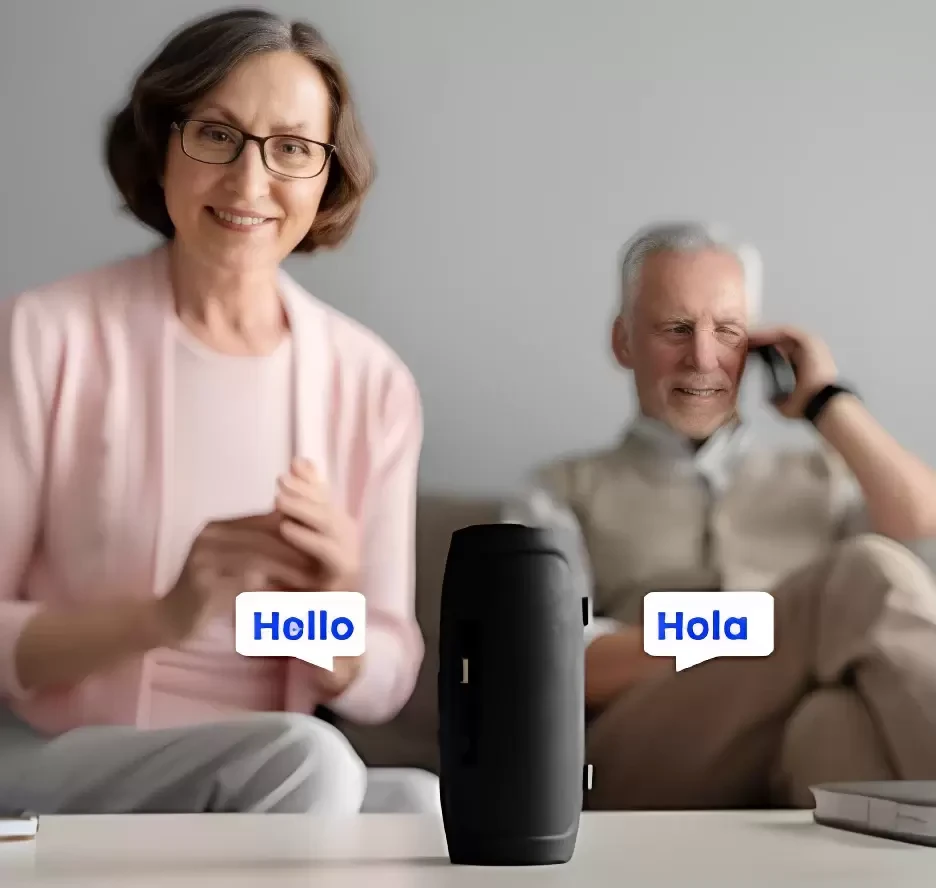
Sources
- Tech Industry Reports: Firstly, artificial intelligence (AI) and machine learning (ML) continue to dominate the tech landscape. These technologies are increasingly being integrated into various industries to enhance efficiency and innovation. Moreover, advancements in natural language processing and deep learning are driving significant improvements in AI capabilities, making applications such as chatbots and virtual assistants more sophisticated and effective.
- Academic Research: Voice assistant technologies have revolutionized smart homes, creating more convenient and efficient living spaces. For instance, these technologies enable users to control various devices through simple voice commands, eliminating the need for physical interaction.



Data Collection Metrics
- Volume: Total amount of data collected.
- Sampling Rate: Frequency of data sampling or recording over time.
Annotation Process
Stages
- Planning: Defining objectives, sources, and methods.
- Data Collection: Gathering information according to the plan.
- Validation: Verifying data accuracy and consistency.
- Cleaning: Addressing errors and inconsistencies.
- Analysis: Interpreting and drawing insights from the data.
- Reporting: Communicating findings and outcomes.
Annotation Metrics
Accuracy Rate: Measures correctness compared to a reference or gold standard.
Inter-annotator Agreement: Evaluates consistency among different annotators.
Annotation Speed: Tracks the time taken to complete individual annotation tasks.
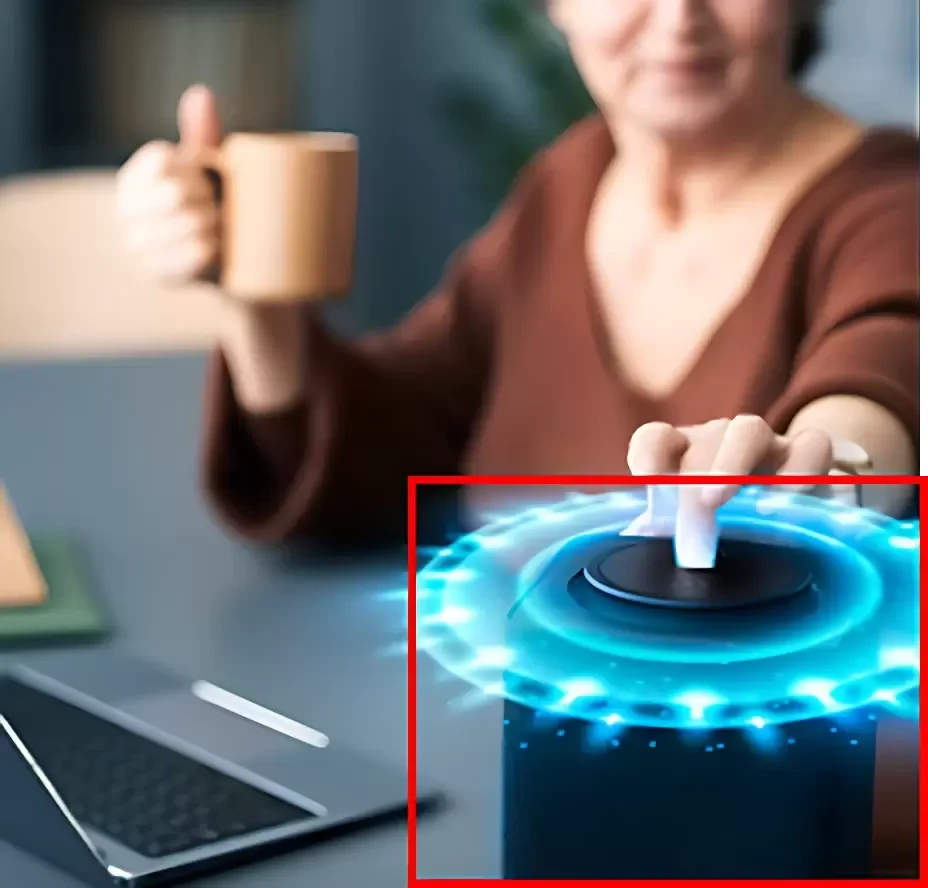
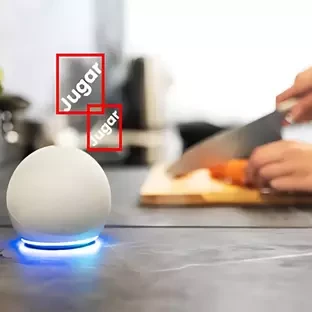
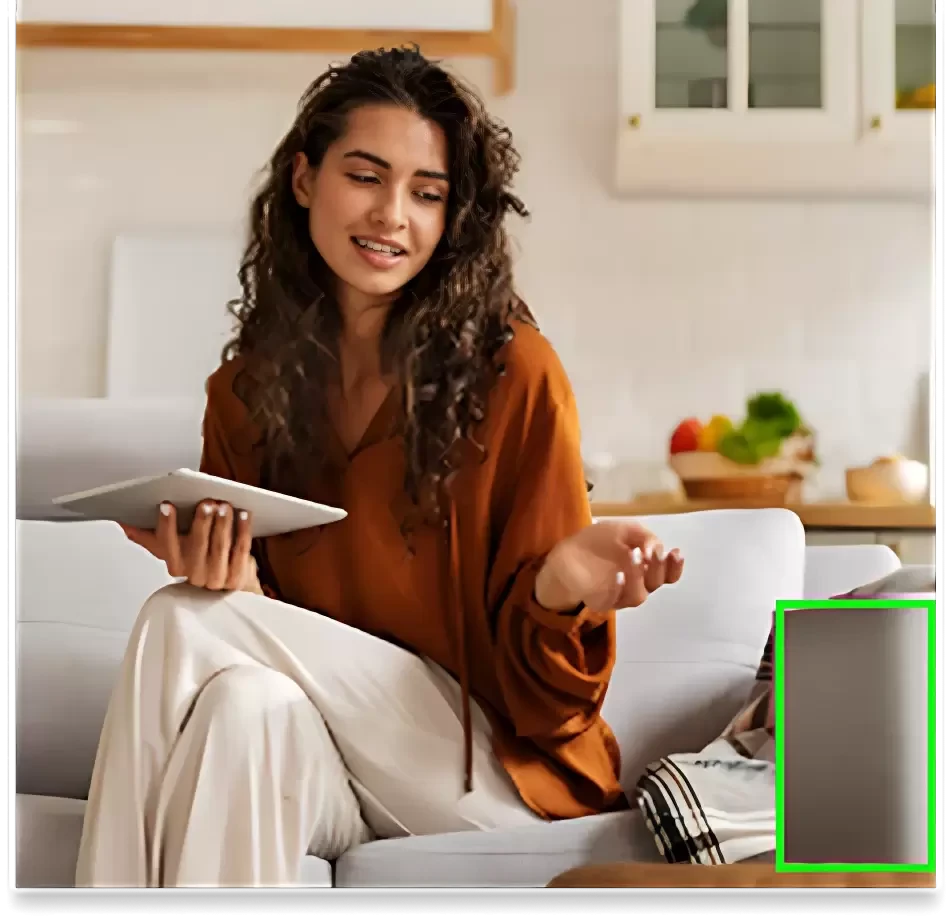
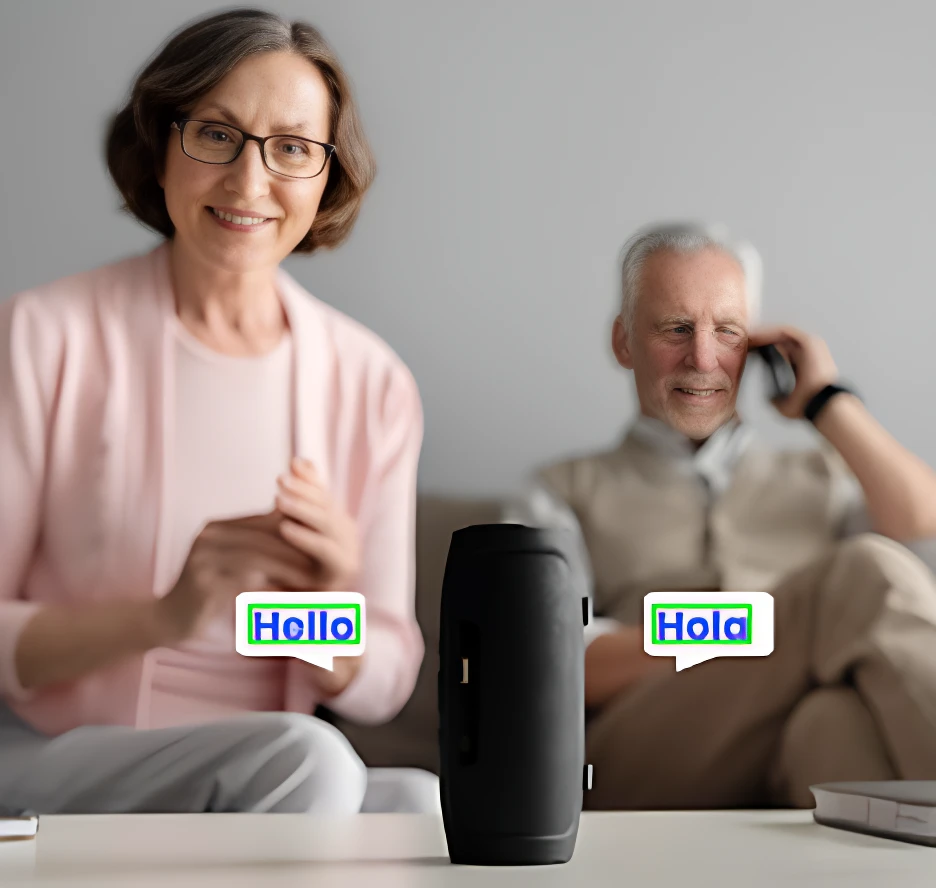
Quality Assurance
Stages
Data Quality:Data quality, which assesses data accuracy, completeness, consistency, reliability, and timeliness, is essential to ensure its suitability for analysis and decision-making. Consequently, maintaining high data quality helps organizations make informed decisions and derive valuable insights.
Privacy Protection: On the other hand, privacy protection safeguards personal data from unauthorized access, thereby respecting individual rights and privacy regulations in the digital age. As a result, it is crucial to implement robust privacy protection measures to maintain trust and comply with legal requirements.
Data Security: Additionally, data security safeguards data from unauthorized access and breaches, ensuring its confidentiality and integrity in the digital landscape. Therefore, implementing strong data security protocols is vital to protect sensitive information and prevent potential data breaches.
QA Metrics
- Defect Density: Measures the number of defects per unit, indicating software quality.
- Test Coverage: Evaluates the extent to which testing exercises the application or code, ensuring comprehensive quality assessment.
Conclusion
Voice assistant development for smart homes enhances convenience and accessibility, offering control and information access through natural language commands. While its potential is vast, addressing privacy and interoperability challenges will be crucial for its continued success in shaping the future of smart living.

Quality Data Creation

Guaranteed TAT

ISO 9001:2015, ISO/IEC 27001:2013 Certified

HIPAA Compliance

GDPR Compliance

Compliance and Security
Let's Discuss your Data collection Requirement With Us
To get a detailed estimation of requirements please reach us.
